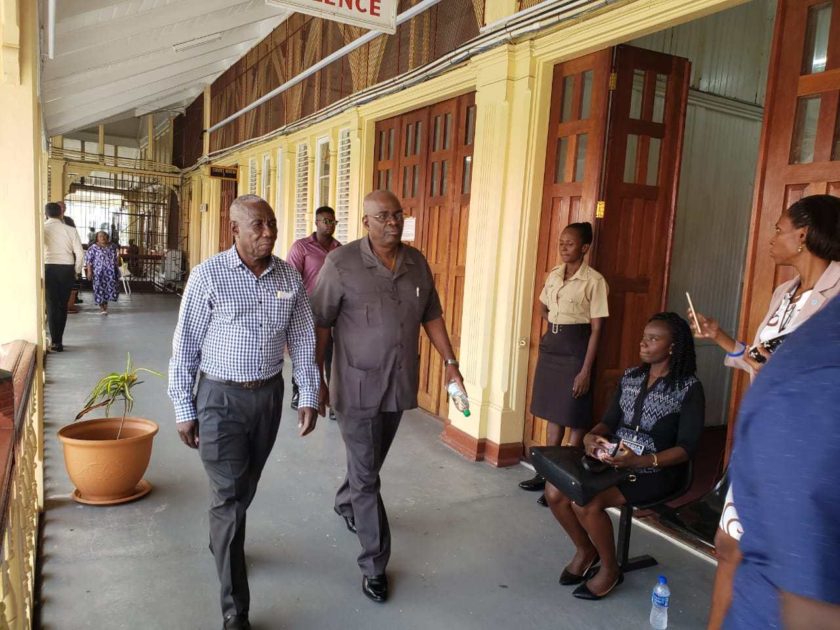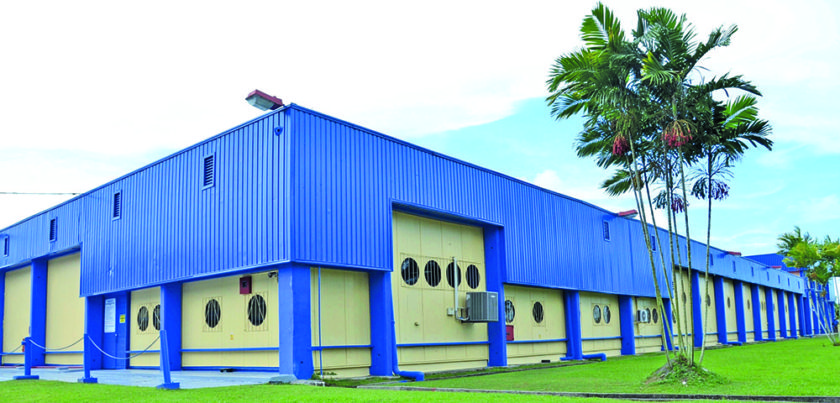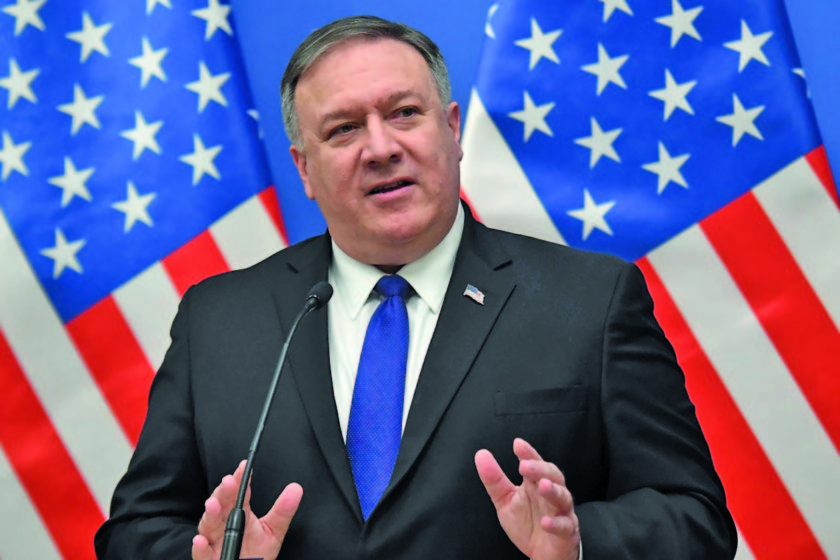By Alexis Rodney

United States-based oil company ExxonMobil’s oil exploration ship, the Deep Water Champion is in position in the Stabroek Block off Guyana’s Essequibo Coast and will commence its US$200 million exploration project today (Thursday), Country Manager Jeff Simons has said.
The company is locked in what could be a possible showdown with Venezuelan authorities who have warned it not to proceed with the drilling, which was sanctioned by the Guyana Government.
Venezuela has repeatedly laid claim to the area to be explored, ignoring an 1899 Arbitral Tribunal Award, which was declared as the full and final settlement of the boundary between the two South American nations. With Venezuela’s obdurate insistence on its position, Guyana is considering judicial settlement of the boundary.
Following Venezuela’s warning to the oil company, Guyana’s Foreign Affairs Minister, Carolyn Rodrigues-Birkett, dispatched a diplomatic note to her Venezuelan counterpart, warning against any action to prevent the oil rig from carrying out its work in an area off the Stabroek Block known as Liza.
Her note was in response to Venezuela’s Foreign Minister, Delcy Rodriguez Gomez, saying to ExxonMobil: “The Government of the Bolivarian Republic of Venezuela wishes to express its strongest protest against this serious situation and, accordingly, I take this opportunity to request the cessation of such activities as they will not be acknowledged or accepted under any such circumstances, since this will constitute, moreover, a hostile violation of the Venezuela territorial space,” Gomez told Simon in her letter.
She also cautioned that Venezuela would not recognise any law or contractual obligations by third states, agencies, international financial institutions or private corporations that engages “Guyana over the sovereignty or existing resources on the seafront of the Essequibo”.
Gomez also expressed concerns that the drilling of oil at such depths could cause untold environmental damage.
“The drilling in the mentioned sea area involves a major impact on the environment, given that the intervention in such significant depths could cause unacceptable environmental disturbances, which are prohibited by our legal framework and international agreements on environmental protection,” the Venezuela Foreign Minister stated. “Guyana has no valid land titles on the territory of Essequibo, including the seafront, which entitles such country to carry out projects of this magnitude.”
Guyana has asked Venezuela to desist from taking any actions that would stymie this country’s development.
“The Ministry of Foreign Affairs has requested that the Government of the Bolivarian Republic of Venezuela desist from taking any actions that could only result in the stymieing of the development of Guyana and its people and that would be in contravention of international law,” the Foreign Affairs Ministry said.
Meanwhile, President Donald Ramotar, along with Natural Resources and Environment Minister Robert Persaud visited the ExxonMobil’s head office located on New Market Street on Wednesday, where they were given a tour of the facility and briefed on the scope of its operations by the company’s Country Manager.
According to a Government Information Agency (GINA) release, ExxonMobil, the largest public traded international company in the world, is an industry giant that has the leading inventory of oil and gas projects, and the world’s largest refiner of petroleum products. It has a long history of using science and innovation to find safer and cleaner ways of bringing energy to the world.
The total area allotted to Exxon for exploration (the Liza Area of the Stabroek Block) covers 26, 806 square kilometres. The company intends to drill at a depth of 1750 metres.
According to GINA, President Ramotar, who was impressed with the size of the company’s operations, described the exploratory staging area as a “small village”, noting that it ought to take a lot of effort to manage and execute all logistics. “I’m quite impressed with what is taking place, and looking forward to going out myself,” the President noted.
Additionally, Minister Persaud urged the company to ensure that the activities envisioned are within the specified timeframe. Persaud also stated that “all Government agencies are fully mobilised for an efficient and effective exploration”.
The project is expected to be executed over a 10-year period divided into three sections including two phases in each section which lasts for one to two years. The scope of operations include a drillship, with approximately 200 crew and contractors; helicopter support, with two from Ogle including a utility and a Search and Rescue at all times; four support vessels and two shore bases running from Georgetown and Trinidad, and a waste treatment facility at the John Fernandes Site at Houston, Greater Georgetown.
Guyana has been receiving sustained international attention from huge companies, especially in the oil sector.
The US Geological Survey said in 2000 that the Guyana-Suriname Basin has the second largest unexplored oil potential in the world after Greenland. Guyana first struck oil in the 1980s in the Takutu Basin, and there is much optimism that oil will be found in commercial quantities.
ExxonMobil will now join other investors such as CGX Energy, Repsol, Anadarko Guyana Co, and Gas and Nabi Oil and Gas in exploring oil in Guyana’s offshore Atlantic basin.



